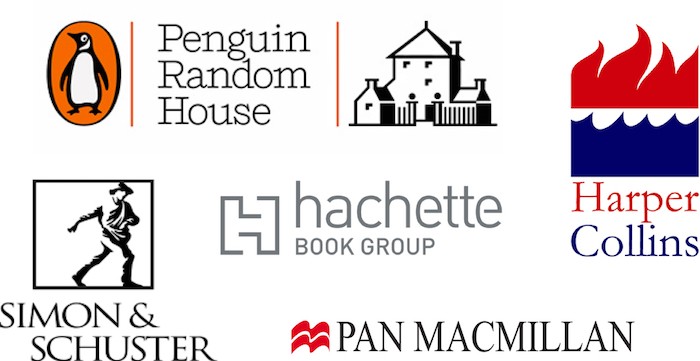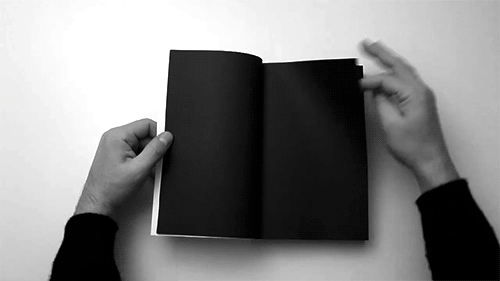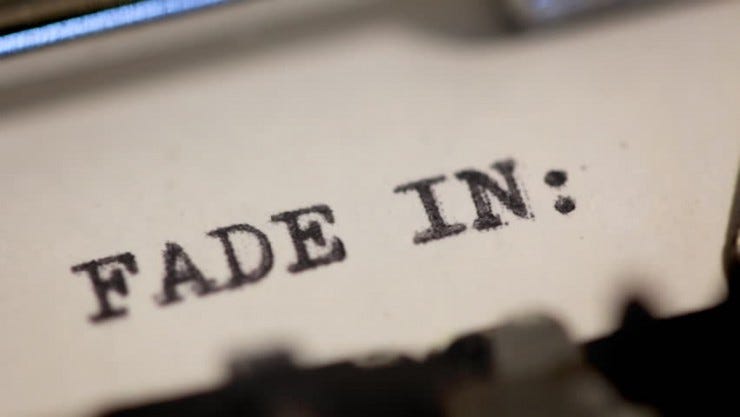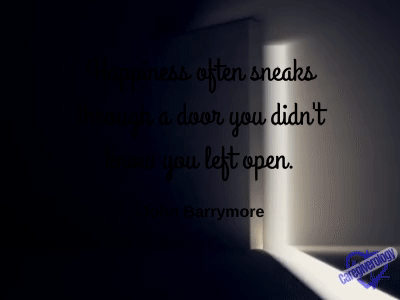The most asked question for anyone who’s written a book is “Self Publishing or Traditional Publishing?”
The next question which immediately follows is “which is better?”
Let’s begin with “which is better?” because the answer is simple, no option is better than the other, they both have advantages and disadvantages.
Traditional Publishing
The Big 5 Traditional Publishers
Traditional publishing involves working with established publishing houses like Hachette, HarperCollins, Macmillan, Penguin Random House, and Simon & Schuster.
However, getting accepted by one of these publishers requires an agent who can sell your book to them.
The Timeline for Choosing Traditional Publishing
- It can take 8 months to 1 year to find an agent who will represent your book to potential publishers.
- Once you find an agent, it can take another 8 months to 1 year for that agent to get you a publisher.
- After that, it can take 1 to 2 years for the publisher to release your book.
- Design, editing, marketing, and distribution can easily take between 1 and 2 years, so the entire process can be slow.
- Keep in mind that there’s no guarantee that your book will even be published if the publisher loses confidence in it or you as an author.
Self-Publishing: A Faster Option
With self-publishing, you have complete control over your book’s content, design, and distribution.
However, you’ll need to handle all aspects of the publishing process yourself.
- Self-publishing is a great option if you’re in a hurry to get your book out there without waiting for traditional publishing.
- You can self-publish a book in less than 90 days.
- With great editing and a killer book cover, a self-published book will look and read exactly like any traditionally published book.
- Self-published authors get to keep everything apart from the retailer’s portion, which can be up to 70% on eBook sales and perhaps 50% of print royalties.
- However, you’ll need to do a lot of your own marketing, which includes arranging book tours, managing your own social media, website, and mailing lists.
Hybrid Publishing: The Best of Both Worlds?
- A hybrid publisher will work with the author to produce and publish their book in exchange for sharing costs.
- J.K. Rowling is a great example of hybrid publishing, as she publishes Harry Potter with Scholastic and Bloomsbury and self-publishes her eBooks and audiobooks via her exclusive brand Pottermore.
- Hybrid publishing is a great option to consider if you have an established fanbase.
Royalties: What You Can Expect
- With traditional publishing, authors can expect 7% of sales for printed books and under 25% of all eBook sales.
- Royalty payments to the authors will only commence once their advance is paid off, and the agent’s take on the remaining amount is typically 15%.
- In contrast, self-published authors get to keep a greater portion of royalties, but they’ll need to fund the costs required to produce their book.
Choosing Between Traditional Publishing and Self-Publishing
- Choose self-publishing if you want to keep a greater portion of royalties, have a basic understanding of digital marketing/social media or have a team to do it for you, want to get your book out within less than a year, and are willing to fund the costs required to produce your book.
- Choose traditional publishing if you don’t want to do any marketing for your book, want your books to be sold in brick and mortar stores, are comfortable giving up control of your manuscript and are okay not having the final say, and are okay to wait 1 to 2 years before launching your book and perhaps not at all if the publisher changes their mind.
No matter which option you choose, always remember your readers are waiting!
Let’s get your STORY and DREAMS moving in the right direction!
Let’s chat…make contact today!
12 Must See #BookCover Gifs #BookPromotion Ideas
>>> https://t.co/yrWn3ovYt3 pic.twitter.com/uSUTkotvch— Vincent Salera (@VincentSalera) March 17, 2022






